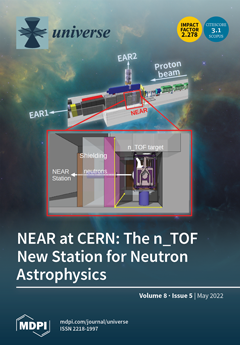H 1743-322 is a well-known black hole X-ray binary (BH XRBs) that has been observed in several outbursts over the past. In this work, we have performed the spectral and timing analysis of H 1743-322 during the “faint” 2005 outburst for the first time with the RXTE/PCA data. In this outburst, the spectral and timing parameters (e.g.,
,
,
,
and QPOs, etc.) presented an obvious change and a q-like pattern was found in the Hardness Intensity Diagram (HID), which often named as the hysteresis effect of BH XRBs. The radius of the innermost stable circular orbit was constrained as
∼3.50
, which predicts that H 1743-322 is a lower-spin black hole. We further explored the correlation between timing and spectral properties. The relation of photon index
and X-ray flux,
, presented a transition between negative and positive correlation when the X-ray luminosity,
, is above and below a critical X-ray luminosity,
, which can be well explained by the Shakura-Sunyaev disk–corona model (SSD-corona) and advection-dominated accretion flow (ADAF). We also found the tight linear, negative correlation between photon index
and the total fractional
. Since the amount of soft photons from the accretion disk seems invariable, an increase of the number of soft photons will dilute the variability from the harder photons. Therefore, the softer the X-ray spectra will result in the smaller total fractional
. The above results suggested that the 2005 outburst of H 1743-322 was a normal outburst and H 1743-322 represented similar properties with other black hole X-ray binaries.
Full article





